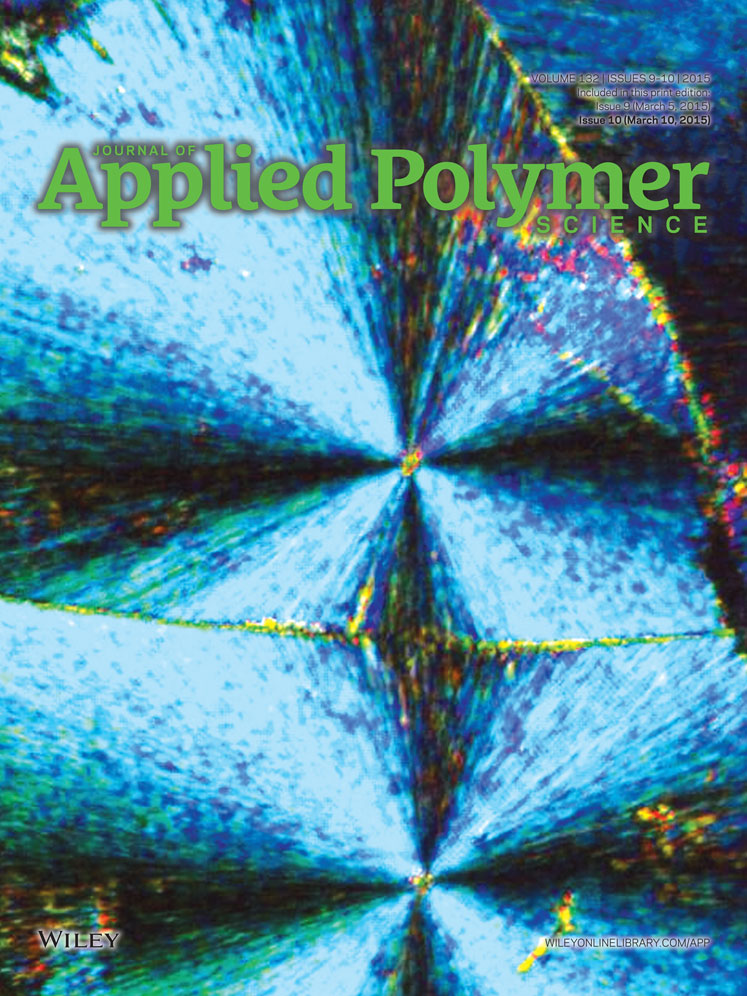Flow characteristics of three enhanced oil recovery polymers in porous media
ABSTRACT
This article presents an experimental study aiming to explore the relationship among rheological properties, flow characteristics in porous media, and enhanced oil recovery (EOR) performance of three typical EOR polymers. The results suggest that xanthan gum exhibits a very pronounced shear-thinning behavior, which is probably also the reason explaining its moderate adsorption extent within porous media (thickness of adsorbed layer, e = 3.1 μm). The advanced viscoelastic properties coupled with the less adsorption extent compared to the hydrophobically modified copolymer (HMSPAM) allow xanthan gum to establish a “piston-like” displacement pattern and lead up to 49.4% original oil in place (OOIP) of the cumulative oil recovery during polymer flooding. Regarding HMSPAM, the significant permeability reduction of the porous media induced by multilayer adsorption (e = 5.6 μm) results in much higher drive forces (ΔP) in the extended waterflooding stage, which further raises the cumulative oil recovery by 18.5% OOIP. In general, xanthan gum and HMSPAM totally produced 84% OOIP which is 15% higher than the extensively used EOR polymer, hydrolyzed polyacrylamide (HPAM), under the same experimental conditions. © 2014 Wiley Periodicals, Inc. J. Appl. Polym. Sci. 2015, 132, 41598.




